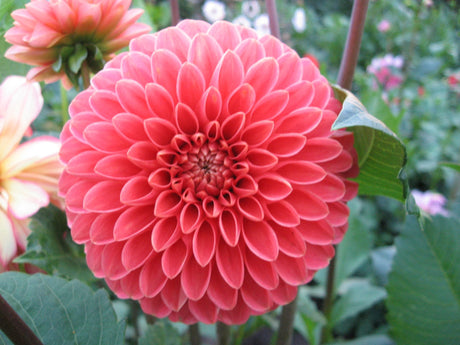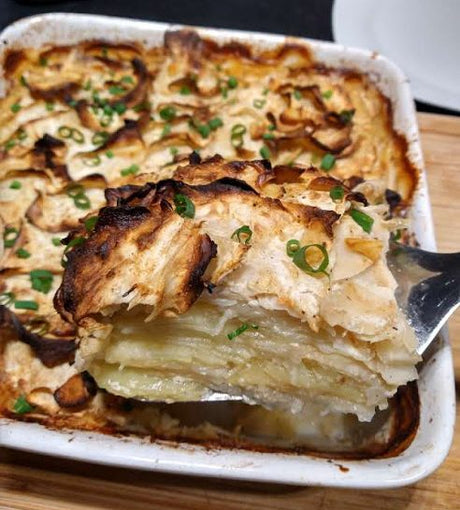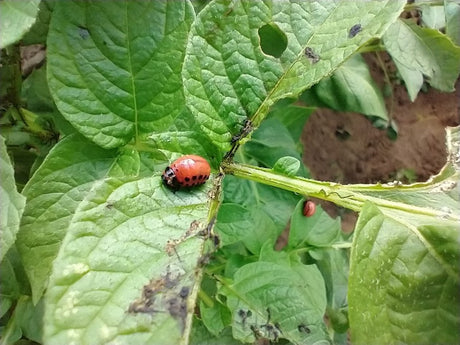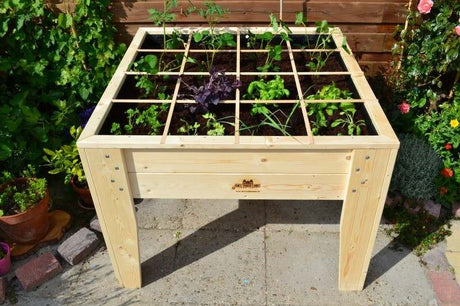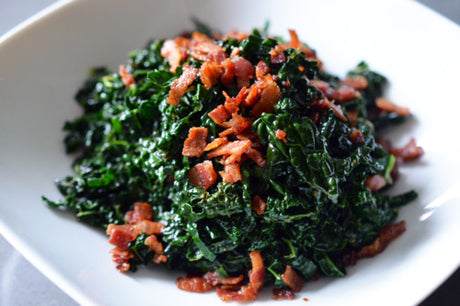Quick start ⚡ Quick start info for sowing beetroot ⚡
🌱 Sowing & planting
- Sowing depth: 1 cm
- Sowing distance: direct: 10-15 cm between plants and 30 cm between rows; pre-sowing in 6 cm pots is also possible.
- Germination: from 7 °C, 5-8 days
- Planting distance: 5-20 cm between plants (5 cm for foliage of young beets, 20 cm for storage beets or if you do not thin out), 30 cm between rows
- Plant out when: 4 true leaves; 1 seed often produces several plants, which you can thin out for larger beets.
- Growth cycle: approx. 45-60 days
📅 Growing times throughout the year
- Greenhouse: Sow indoors in early February-mid February or under glass in late February-early March; plant under glass in mid-March-end March; harvest in mid-April-mid May.
- Very early: sow under glass mid-February-early March; plant outdoors late March-mid-April; harvest late May-June.
- Early: sow outdoors mid-March-April; harvest mid-June-mid-July.
- Summer: Sow outdoors in May; harvest late July-October.
- Autumn: Sow outdoors June-mid July; harvest late September-November.
- Fun fact: One seed grain contains several seeds, so you get several plants per seed grain.
📘 Basic information
- Crop group: Root crop
- Crop family: Amaranth family
- Height: 20-40 cm
- Growth cycle: approx. 45-60 days
- Frost resistant: yes, light frost
- Root system: 45-60 cm
- Preferred soil: pH 6.0-7.5, loam soil
- Fertilization: well- composted soil
🌞💧 Pitch & water
Location: 🌞 lots of sun
Watering: 💧💧 water moderately
🤝 Good & Bad Neighbors
Good neighbors
- Beans
- Onion
- Kohlrabi
- Cabbage varieties
- Salad
- Marjoram
- Potato
- Swiss chard
- Dill
- Peas
- Strawberries
- Coin
- Garlic
Bad neighbors
- Tomato
- Asparagus
- Root
- Corn
- Spinach
❗ Dangers & Concerns
- Few known issues.
🧺 Harvesting & storing
You can harvest small, tender beets early for salads or let them grow larger for longer cooking or pickling.
The young leaves are also edible and delicious. Never harvest more than a third of the foliage, so the plant retains enough foliage to continue growing.
🍽️ Nutritional value
Per 100 g cooked beetroot (without salt):
- 44 kcal
- 0 g fat
- 10 g carbohydrates
- 2 g protein
- 2 g fiber
- 8 g sugar
- Vitamins: C
- Other: magnesium , potassium, folic acid and manganese
Introduction to growing beetroot
Growing beets for delicious dishes... cooked and diced, crisp lettuce, thinly sliced red onion, cubed feta cheese, toasted pine nuts, parsley, walnut oil, a swirl of liquid honey, a touch of white wine vinegar, plenty of pepper, and a pinch of salt. That's what I want to eat as a side dish at my first barbecues, or grated or roasted on the barbecue, or... In this article, you'll learn more about growing beets in your vegetable garden.

A delicious beetroot salad
Beets love colder weather . Therefore, it's best to grow beets in spring or fall. You can grow beets for their sweet root or for their earthy-tasting leaves. I grow them for their root; I grow Swiss chard for their leaves. Beets have the most color and flavor in cool soil.
You can sow beets outdoors in the vegetable garden from late March, but you can start them earlier under glass. In late summer, I also do an autumn crop, and in August I sow beets again to enjoy over the winter. Under a layer of straw, a plastic tunnel, fleece, or in a greenhouse, beets can withstand frost well .

Like other root vegetables (carrots, parsnips, onions, etc.), beets prefer a light soil. In light soil, beets form nicely round shapes. Also check your soil for stones or boulders. Ideal for soil preparation is to turn the soil with a spading fork and rake it finely.
Beetroot (also called beetroot) is usually red, but yellow, white, or striped varieties also exist. Some varieties also have bright red leaves. There are also many different shapes, from round to flattened to oblong. The latter are very handy for grating or cutting into chips.

beetroot chips



